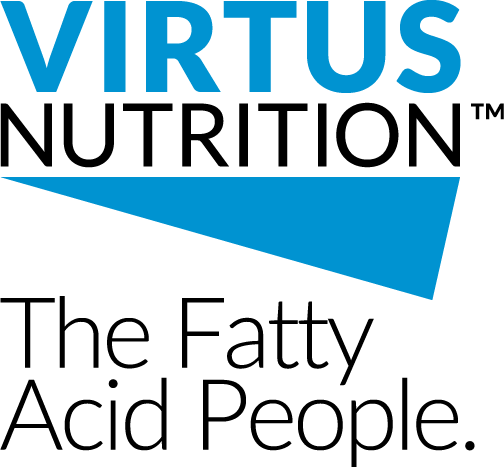Road Map to Fatty Acid Balancing
Fatty acids are the last major nutrient category to truly be balanced. And yet, arguably, it is one of the most impactful when we make fatty acid balancing part of our normal process. Let’s take a look at the Road Map to Fatty Acid Balancing which helps define what fatty acid balancing really is so that we can focus on what matters.
Intro to the Road Map to Fatty Acid Balancing. Watch the three-part series below or the
As highlighted in this feature article.
Recent research from Michigan State suggests that feeding a more balanced approach (60:30 palmitic versus oleic) in early lactation results in:
- Significant gains in energy-corrected milk (ECM)
- Increases in dry matter intake (DMI)
- Reduced body weight loss versus the higher palmitic treatment (80% Palmitic:10% Oleic)
- Be sure to assess the Palmitic:Oleic balance in the whole diet, as these fatty acids come from other feeds besides your fat supplement
Managing 18:2 risk is twofold: 1) How many grams are sent to the rumen? 2) How rumen-exposed are those grams? Too many 18:2 grams with high rumen exposure can increase trans fatty acids leaving the rumen that result in lowered milkfat percent.
- While many factors affect milk fat, 18:2 sits at the root of the mechanism for lowering milk fat
- 18:2 is highly prevalent in our dairy diets, including in corn, corn silage, distillers & cottonseed
- Monitor variability of 18:2 grams closely, especially in high volume sources (corn silage) or those with greater rumen exposure (ie. distillers and bakery) to minimize risk of losing milk fat
Omega-6 and Omega-3 fatty acids are bioactive fatty acids that are highly involved in cell signaling within the immune system and reproductive processes. Let’s remember that omega-6 is also 18:2. The same fatty acid that can wreak havoc on milk fat can also cause cellular inflammation, costing the cow energy that could have been used for production.
- Omega-6s are inflammatory, while Omega-3s are anti-inflammatory
- Omega-6:Omega-3 balance directly affects immune function and energy utilization due to inflammation, with most dairy diets heavily weighted to the omega-6 inflammatory side
- Consider adding EPA/DHA omega-3s to reduce early aborts and improve production efficiency by reducing inflammation in lactating cows
- Consider improving omega-6 levels in the prefresh period to enhance immune support during that critical transition period






